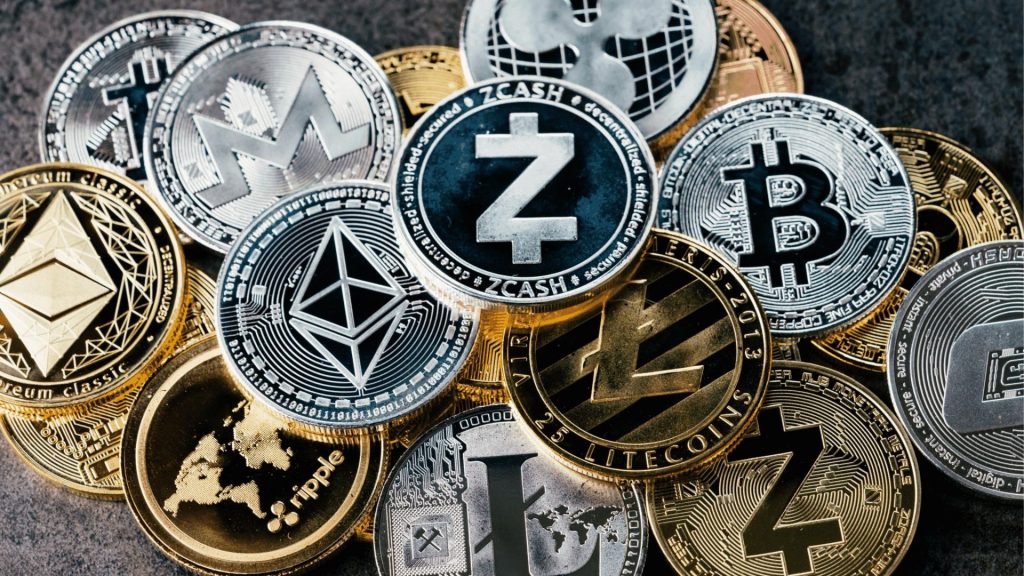Understanding Crypto Assets. Essentially, cryptocurrencies and tokens are from the crypto assets. Understanding this breakdown of crypto assets helps you better understand the entire universe of cryptocurrencies and that cryptocurrencies are just one part of the story. Lastly, the hybrids, which combine features of both cryptocurrencies and tokens.

Understanding Crypto Assets
Crypto assets are entirely digital assets that rely on public ledgers accessible via the internet to prove ownership. To create, verify, and secure transactions, they employ cryptography, peer-to-peer networks, and a distributed ledger technology (DLT) such as blockchain. They can have a variety of functions and characteristics, such as being used as a medium of exchange, a means of storing value, or for other commercial purposes. In general, crypto assets operate independently of a central bank, central authority, or government.
The crypto market has changed significantly over the last few years. Two of the most notable developments are the massive growth of the number of so-called private tokens issued on existing platforms to raise funds and the emergence of stable coins. These trends have caused various regulatory authorities, standard-setting bodies, and industry professionals to shift their focus and expand their vocabulary from cryptocurrencies to the broader term of crypto assets.
A crypto asset can be described as a private asset that depends primarily on cryptography and DLT or similar technology as part of their perceived or inherent value. It includes consecutive types of crypto assets, namely virtual currencies and tokens.
Cryptocurrencies
Cryptocurrencies or coins, such as Bitcoin and Litecoin, are those crypto assets designed or intended to perform the roles of currency, which means to function as a medium of exchange, a store of value, and a unit of account. They are intended to constitute a peer-to-peer alternative to government-issued legal tender.
Cryptocurrencies can be characterized in numerous ways, and we will look at two. In particular, we will look at private versus sovereign coins and stable or backed versus non-stable coins.
The private and the sovereign coins. The emergence and growing popularity of cryptocurrencies and their underlying technology have inspired various central banks to investigate whether it would make sense to issue their digital currencies for wholesale purposes or as a complement for physical banknotes and coins. These digital currencies are called central bank digital currencies or CBDC. Simply put, a CBDC is a digital asset or digitalized instrument issued by a central bank for payment and settlement in retail or wholesale transactions. Since a central bank issues, it is a central bank liability and could be described as a sovereign coin.

On the contrary, decentralized non-central bank digital currencies can be described as private coins.
The stable coins and non-stable coins. The first wave of cryptocurrencies, which began with Bitcoin and hundreds of subsequent Bitcoin clones, are de-facto considered by their users as something of value. They do not represent any underlying asset, claim, or liability, making them prone to high price volatility. They are what could be called traditional non-backed cryptocurrencies.
The highly volatile nature of traditional non-backed cryptocurrencies makes it very hard for them to perform the roles of currency and become more widely adopted.
Several cryptocurrency advocates have recognized that the severe price volatility of the first wave of cryptocurrencies is indeed a major hurdle for their acceptance as a means of payment and store of value. They have tried to address the issue by introducing so-called stablecoins.
Simply put, a stablecoin is a variant or subcategory of cryptocurrencies typically pegged or linked to the price of another asset or a pool of assets, designed to maintain a stable value. Like traditional non-backed cryptocurrencies, stablecoins are intended to perform the roles of currency.
Traditional non-backed cryptocurrencies are generally decentralized and do not have an identifiable issuer or at least not an institution that can easily be held accountable by or to the coin’s users. Stablecoins, on the other hand, typically represent a claim on a specific issuer, underlying assets, funds, or some other right or interest. They are, in other words, backed by something and not just perceived as something of value. Examples of stablecoins already in circulation are Tether, Multi-collateral DAI, and Gemini Dollar, among others.
Tokens
Tokens, on the other hand, are those crypto assets that offer their holders certain economic or consumption rights. They are digital representations of interests or rights to access certain assets, products, or services. Tokens are typically issued on an existing platform or blockchain to raise capital for new entrepreneurial projects, fund start-ups, or develop new innovative services.
Like there is currently more than one category of cryptocurrencies, there is also more than one category of tokens. Tokens can take on different forms with various features. Since their conception, different approaches have been developed to classify and define them. Generally, most regulatory authorities tend to distinguish so-called investment or security tokens from utility tokens.

The investment tokens, which are sometimes also referred to as security tokens or asset tokens, are those tokens that typically provide their holder’s rights in the form of ownership rights or entitlements that are similar to dividends.
Investment tokens are generally issued for capital raising, for example, through an initial coin offering and show similarities to traditional debt and equity instruments.
A well-known example of an investment token is Bankera’s BNK token, which grants its holder a right to a weekly commitment to be paid out in the cryptocurrency Ether.
Secondly, there are utility tokens. Utility tokens grant holders access to a specific application, product, or service, often provided through a blockchain-type infrastructure. They typically only provide access to a product or service developed by the token issuer and are not accepted as a means of payment for other products or services.
Some utility tokens include Golem and Filecoin, which both facilitate access to a specific service: Golem grants access to computing power and Filecoin to data storage.
Like investment tokens, utility tokens are also issued to collect financial resources, usually to fund the issuer’s application, product, or service development. However, unlike investment tokens, their primary purpose is not to generate future cash flows for investors but to grant access to the issuer’s application, product, or service and, simultaneously, create a user base.
Besides cryptocurrencies and tokens, there are also hybrids. While it is theoretically feasible to draw a clear dividing line between cryptocurrencies and tokens and dive deeper into the latter category, investment, and utility tokens, it is not always easy to fit a crypto asset into one or the other category.
Crypto assets can exhibit features of more than one category. Such a combination is called hybrids and raises particular regulatory challenges. An example of a hybrid token, more specifically an investment-utility hybrid, is Crypterium, which is used to pay transaction fees when using the services provided by the issuer, gives the right to discounts for future services, and gives a right to revenues.
Final Thoughts
In the market, there are various types of crypto assets. Cryptocurrencies such as Litecoin, Ripple, Bitcoin, and Ethereum are examples. To access digital assets with crypto assets, you will need to use cryptographic techniques. All financial transactions will use it as a medium of exchange. Other types of crypto assets include utility coins, security coins, and cryptocurrencies. The currency is safe to create new units and transfer assets with. The majority of these currencies are based on blockchain technology.








